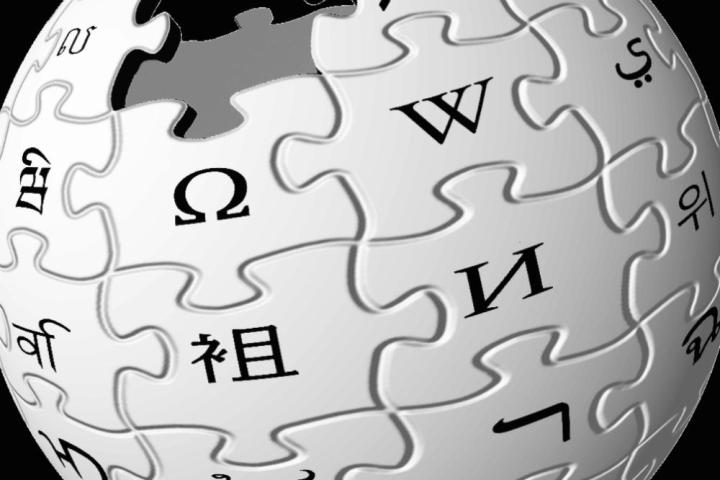
A joint effort between the KTH Royal Institute of Technology in Sweden and the free encyclopedia, the speech synthesis platform is currently being created by scientists in Stockholm, and once it’s ready, Wikipedia will host these speech synthesis servers, and subsequently develop a platform optimized for this new tool. The software will further be made open source and readily available to anyone who wants it, provided they use the MediaWiki software.
“We will build an open framework where any open source speech synthesizer can be plugged in. Since it is open source modules, it will also be possible to add or substitute certain modules in the Text-to-Speech system (TTS),” professor Joakim Gustafson, head of KTH’s speech group, said in an interview with TechCrunch. “The TTS will be open source so anybody could of course use that functionality for any use (not only reading wiki (or other) Web pages.”
This new software will, of course, be phenomenally useful to anyone who is either visually impaired or suffers from a learning disability. And while the current focus rests upon three languages, Gustafson notes that this could later be expanded.
“Initially, our focus will be on the Swedish language, where we will make use of our own language resources,” Gustafson says. “Then we will do a basic English voice, which we expect to be quite good, given the large amount of open source linguistic resources. And finally, we will do a rudimentary Arabic voice that will be more a proof of concept.”
Of course, with 280 more languages in which you can currently read Wikipedia entries, there’s still a ways to go. But hey, we’ve gotta start somewhere, and this seems like a project worth waiting for.


